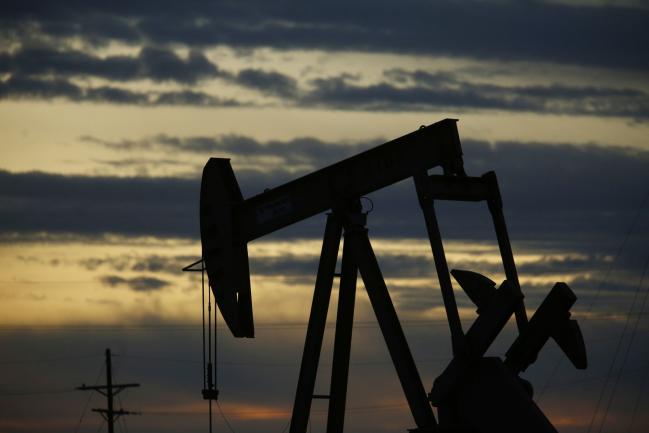(Bloomberg) -- Emerging markets got a lift from the Federal Reserve, Donald Trump and Xi Jinping to start the year. Oil may be the next saving grace.
Investors say a potential uptick in crude prices might be the latest tailwind for the developing world after the White House scrapped waivers tied to Iranian oil sanctions. Brent crude gained as much as 3.5 percent on Monday and was close to reaching $75 a barrel on Tuesday for the first time since October.
While there’s no guarantee the gains will last, emerging-market assets have historically benefited from climbing oil prices. MSCI’s EM currency index produced double-digit returns during the three biggest oil rallies this century.
Here are the six emerging markets with the biggest correlations, positive and negative, to crude prices.
Russia
The Russian ruble soared a world-leading 21 percent during the last big oil rally from February 2016 to October 2018. The world’s largest natural gas producer has seen investors snap up its local-currency debt in a string of record debt sales as the prospect of looser central bank policy later in the year juices interest.
Colombia
Colombia’s peso has also attracted interest. JPMorgan Chase & Co (NYSE:JPM). analysts called it one of the cheapest emerging-market currencies earlier this month, while hedge fund manager Said Haidar counts it among his top picks.
Brazil
The Brazilian real is a trickier wager as the ups and downs of the nation’s planned pension overhaul could offset any other driver, at least in the short term. One upshot from a recent dose of bad news is that the currency has become cheap, according to Morgan Stanley (NYSE:MS).
Turkey
Turkey, an oil importer, has often lagged behind developing-nation peers when prices for the commodity rise. The country is also more reliant on Iranian crude than any other nation. That makes the lira a potential weak link, according to Frances Hudson, a global strategist in Edinburgh at Aberdeen Standard Investments.
India
The Indian rupee is the most negatively correlated emerging-market currency to crude over the past five years. Oil is the biggest import item for the Asian nation, which posted trade deficits every month since 2002. In the short term though, sentiment toward India, the world’s third-largest oil importer, is likely to be driven more by next month’s election results.
Philippines
Putting aside Argentina and Turkey, the biggest losers in the recent selloff, the Philippine peso suffered the most during the last oil rally. Things may be different this time around given the more supportive domestic backdrop, according to Sally Greig, a money manager at Baillie Gifford & Co. in Edinburgh.
